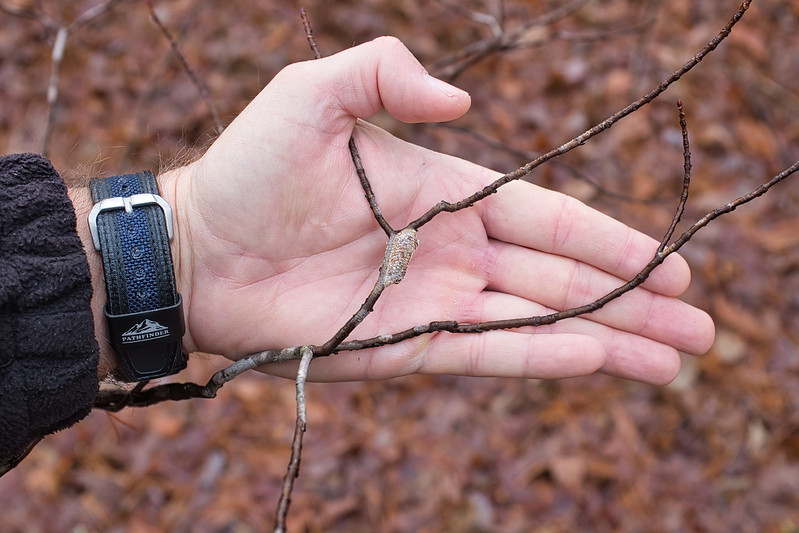Have you spotted a small, foam-like structure clinging to a tree branch, fence, or plant stem and wondered what it might be? That’s likely a Praying Mantis egg case, or ootheca. These egg cases are a fascinating example of the intricate life cycles happening all around us.

What Is an Ootheca?
The ootheca is a protective casing created by female Praying Mantises to house their eggs. Typically measuring about 1-2 inches in length and taking several hours to form, it’s made from a frothy, protein-rich secretion that hardens into a sturdy shell. This casing provides a safe environment for dozens or even hundreds of eggs, shielding them from predators and harsh weather. Once the female finishes crafting the ootheca, she attaches it to a secure surface, such as:
- Tree branches
- Fence posts
- Plant stems
The hardened shell ensures that the next generation of mantises has a strong start.
Learn more about Praying Mantises: Wikipedia
Springtime Emergence
In spring, as temperatures rise and daylight increases, the eggs inside the ootheca hatch. Tiny Praying Mantises emerge, each resembling a miniature version of an adult. These young mantises, no bigger than a fingernail, are born ready to hunt. They quickly disperse, using their natural instincts to find food and avoid predators.
As they grow, the juveniles molt several times, shedding their exoskeletons. Over weeks and months, they develop into the adult mantises we recognize, eventually repeating the cycle by creating their own oothecae.
Why It Matters
Praying Mantis egg cases are easy to overlook, but they play an important role in the ecosystem. These skilled predators help control pests like aphids, flies, and small caterpillars, reducing the need for chemical pest control. Their presence is a reminder of the resilience and efficiency of natural processes.
What You Can Do
If you find an ootheca, leave it undisturbed. By doing so, you’re supporting the lifecycle of a beneficial predator. You might even witness the emergence of young mantises in the spring—a sight worth waiting for.
The next time you’re outdoors, keep an eye out for these hidden crafts of nature. They’re fascinating and an essential part of the natural world.
